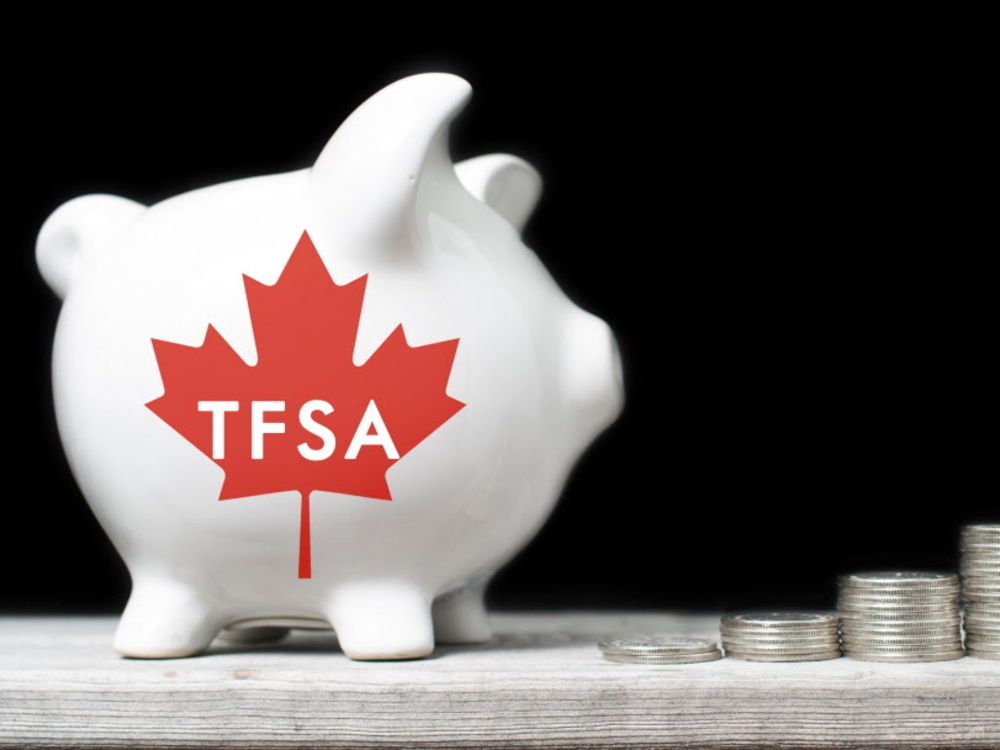Programmatic ad buying works by using AI and machine learning algorithms to automate the process of purchasing digital ads. It enables advertisers to target their desired audience more efficiently, and publishers to maximize their ad revenue by selling inventory in real-time auctions.
To accomplish this instantaneously, these algorithms rely on large amounts of data and sophisticated technologies. And that’s where demand-side platforms (DSPs) and supply-side platforms (SSPs) come into play.
In today’s article, we’ll break down DSP and SSP and how they come together in the programmatic ecosystem.
What is a DSP, and how does it work?
A demand-side platform (DSP) is a sophisticated software system advertisers use to automate the purchasing of digital advertisements across multiple platforms.
These include:
- Real-time bidding (RTB) exchanges — Real-time auctions, which take place within milliseconds, where the winning bidder’s ad is then displayed on the publisher’s website.
- Private marketplaces (PMPs) — Invitation-only ad auctions where premium publishers offer exclusive access to their inventory to a select group of advertisers.
- Ad networks — Intermediaries that aggregate and sell ad space from multiple publishers. Advertisers can buy ad impressions from specific categories or channels rather than individual sites.
- Social media platforms — Popular social networks such as Facebook, Twitter, and LinkedIn now offer their own DSPs to facilitate the buying of ads on their platforms.
A DSP allows advertisers to manage multiple campaigns across various ad formats and targeting options through a single interface. It also provides detailed reporting and optimization tools to track and improve campaign performance in real-time.
If the DSP’s bid wins the auction, the ad is instantly served to the target user. The ad that appears is the one that best matches the predefined criteria, ensuring that the advertiser’s message reaches the most appropriate audience.
What is an SSP, and how does it work?
SSPs integrate with publishers’ digital assets, such as websites or apps, to manage available ad inventory. This involves defining which spaces are available for ads, the types of ads that can be displayed, and any minimum prices or other criteria for selling the inventory.
Examples of SSPs include:
- Google Ad Manager — A widely used SSP that integrates with Google’s ad exchange, which is one of the largest real-time bidding (RTB) exchanges in the industry.
- OpenX — An open-source platform that offers a comprehensive suite of tools for publishers to manage their ad inventory and optimize revenue.
- PubMatic — An SSP that offers various optimization tools, such as header bidding and yield management, to help publishers maximize their ad revenue.
When a user visits a website or app, the SSP analyzes their data based on various indicators such as demographics, browsing history, and search queries. The platform then sends this information to multiple DSPs through real-time auctions and private marketplaces.
DSPs vs. SSPs: How are they different?
It helps to remember DSPs vs. SSPs by breaking down the core defining terms: demand vs. supply.
- A demand-side platform is called that because advertisers use DSPs to demand ad inventory from publishers.
- A supply-side platform gets its name because publishers use SSPs to manage and sell their available supply of ad inventory.
SSPs act as intermediaries between publishers and multiple DSPs, helping them maximize revenue by selling their inventory at the optimal price. So, there are a few fundamental differences between the two:
- Users. DSPs are used by advertisers, while SSPs are used by publishers.
- Purpose. DSPs allow advertisers to demand ad inventory, while SSPs help publishers supply their ad inventory.
- Technology. DSPs use algorithms and data analysis tools to target and bid on the desired audience, while SSPs use optimization tools to manage and sell available ad inventory.
- Transactions. DSPs buy ad impressions on behalf of advertisers, while SSPs sell the ad space to DSPs on behalf of publishers.
How DSP and SSP work together
Though they play distinct roles in the programmatic ecosystem, DSPs and SSPs are highly interconnected.
Here’s a simplified version of how these two platforms interact:
- A user visits a website or app with available ad inventory.
- The SSP analyzes the user’s data and sends it to multiple DSPs through real-time auctions or private marketplaces.
- The DSPs use algorithms and data analysis tools to target the desired audience and place a bid for the ad impression.
- If the DSP’s bid wins, the ad is instantly served to the user.
- The SSP updates the ad inventory to reflect the sold impression and collects payment from the DSP for the ad space.
- The advertiser’s message is displayed to the target audience, and publishers receive revenue for their available ad space.
Navigating the intersection of AdTech
DSPs and SSPs are two essential components of programmatic advertising, empowering advertisers and publishers to reach their desired audiences effectively and efficiently. As the digital landscape continues to evolve, these platforms will continue to play crucial roles in connecting advertisers with relevant audiences while helping publishers optimize their ad revenue.
As a concluding thought, remember these five best practices when running a programmatic campaign:
- Set clear goals and objectives. Know what you want to achieve with your campaign, whether it’s brand awareness, conversions, or any other KPIs.
- Define your target audience. Use data and insights to create accurate audience segments that align with your campaign goals.
- Continuously monitor and optimize performance. Leverage the real-time reporting and optimization tools provided by DSPs to track and adjust your campaign in real-time.
- Stay informed about industry developments. Keep up with new technologies, trends, and regulations that may impact programmatic advertising.
- Collaborate with trusted partners. Work with reputable DSPs and SSPs to ensure brand safety, transparency, and compliance with industry standards.
Programmatic advertising offers a data-driven and automated approach to buying and selling ad inventory, making it an essential tool for advertisers and publishers in today’s digital landscape. By following best practices and understanding the roles of DSPs and SSPs, you can leverage programmatic advertising to drive massive ROI from programmatic ads. And you can do it at scale.










